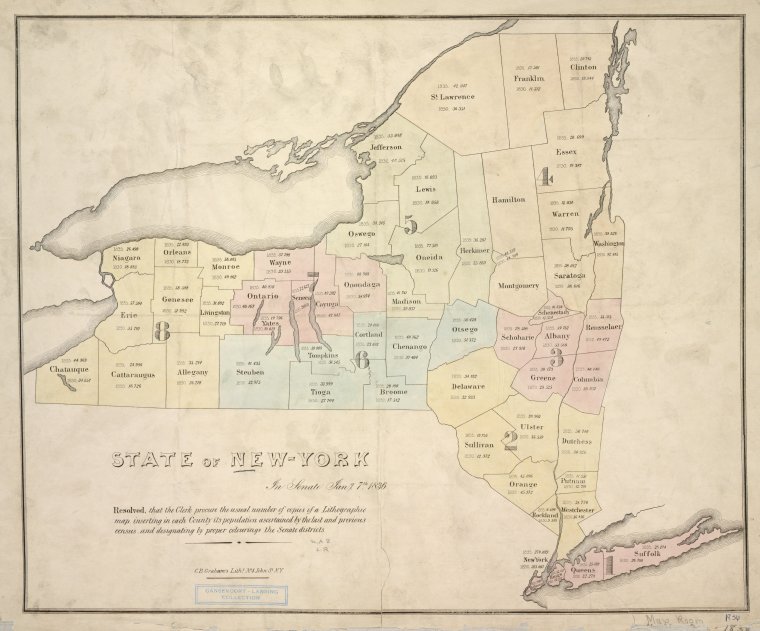Research Guides
Research guides
Milstein Division librarians have authored, and continue to author a number of guides to assist you with your research. These take the form of web pages and blog posts, and are described and linked to from this page.
Genealogy Research Tips: Breaking Through Brick Walls and Getting Past Dead Ends
Genealogy research may now be among America’s favorite hobbies, but it certainly is not the least frustrating. Stamp and coin collecting may start to look more attractive after you spend a few days combing through Ancestry Library Edition and can’t find any new records to help add details to your family tree. But don’t despair for too long, the following tips and tricks may help you get past the dreaded brick wall in genealogy research.
The Great Obituary Hunt: A Genealogy Research Guide
Like all good detective work, genealogy research benefits from organization, patience, and procedure. One of many tools in the researchers toolbox is the obituary. Obituaries are small articles in a newspaper that offer a posthumous piece of the story of a person’s life. They can also be very useful to those who are researching genealogy, adding details that would otherwise be unknown. The names of relatives, location of birth, final resting place, occupation, religious affiliation, volunteer work, and other details of how someone spent their life are but a few examples of the wealth of information that can help a researcher or genealogy hobbyist flesh out the details of the life of someone from the past.
Everyone Counts: Using the Census in Genealogy Research
You should always start your genealogy research by interviewing your relatives. Carefully record all of the names, dates, and places that they tell you. Don’t worry if Uncle Joe and Aunt Joan have a different story about where grandma was born, write it all down. With that step complete, it is time to start looking into the United States Federal Census. Census takers assiduously attempt to include all Americans, and they typically do a good job at this task. This is what makes it such a valuable genealogical tool. With few exceptions, the census is generally complete, but not always easy to search.
Who Lived In a House Like This? A Brief Guide to Researching the History of Your NYC Home
The Library's Milstein Division is home to one of the largest free United States history, local history, and genealogy collections in the country, and many of our patrons are writing their family histories. Many reference questions pertain to building histories, especially in the light of genealogy. Afterall, those ancesters lived somewhere, and it's natural to wonder what it was like where they lived. Looking at maps, census data, city directories, land conveyances, photographs, newspapers, local histories, and all manner of ephemera available at The New York Public Library and beyond, it is possible to construct a history of your home. This guide is only a basic, select list of materials, institutions, and tips designed to help kickstart a research project. It is less about architectural history, and more about the history of the building and the people who owned and lived in it.
Direct Me NYC 1786: A History of City Directories in the United States and New York City
Before the telephone directory, there was the city directory, a book that listed the names, addresses, professions, and in some cases ethnicity, of people in a particular town or city. Many of these directories have been digitized for your perusal, or are available on microfilm, all at the New York Public Library. This post describes the history of city directories, how they might be useful to your research, and where you will find them at the New York Public Library.
New York City Land Conveyances 1654-1851: What They Are and How They Work
The New York Genealogical and Biographical Society recently donated to the New York Public Library's Milstein Division, a microfilmed collection of land conveyances, complete with indexes, that collate all transactions between 1654 and 1857 associated with a particular name, e.g. all the land in Manhattan (officially) bought and sold by an individual, group or institution during those years. These documents are a boon to building and house historians, genealogists, and historians alike.

![[Perspective View And Floor Plans Of A Three-Bedroom House In New York City, 19th Century.], Digital ID 805465, New York Public Library [Perspective View And Floor Plans Of A Three-Bedroom House In New York City, 19th Century.], Digital ID 805465, New York Public Library](https://images.nypl.org/?id=805465&t=w)